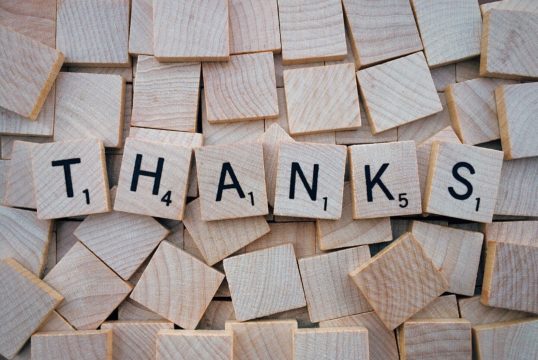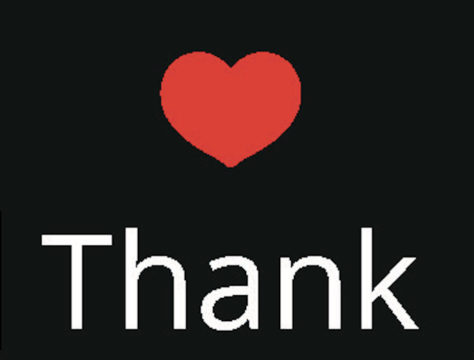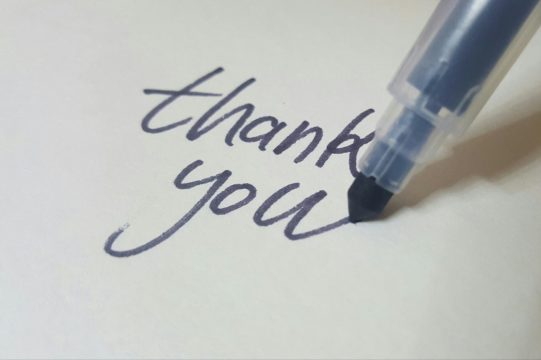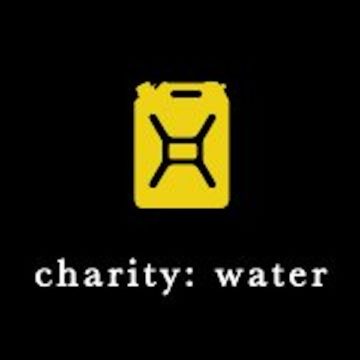If you’re a small nonprofit, embrace it. Use it to your advantage. Especially when you are thanking your donors.
Here’s how to take advantage of your smallness and local-ness to Thank your donors in powerful ways.
Hand-write Thank You notes to Every Donor
Say you have 200 donors. You can send a handwritten thank you note to every single one of those donors. The vast majority of your donors will never have received a handwritten thank you note from a nonprofit before, let alone one signed by the Executive Director or a Board Member. You’ll make a big impression. And your chances of retaining that donor just skyrocketed.
Mention That You Are Local
I read recently that an increasing percentage of donations are moving from large, national charities to smaller, local orgs. That’s great news for you, and means that you should be mentioning your local-ness in your fundraising.
Let me give you a couple of examples:
- Say you’re helping local middle-school kids improve their math skills. You should mention local middle schools by name and neighborhood. Say things like, “Your gift is going to help kids at Kennedy, and at McLure in North Ballard. These are local kids you’re helping. You see them playing on the soccer fields you drive by. And the next time you drive by, they are going to be better at math — thanks to you!”
- This works even if you’re helping people on the other side of the world. You can say things like, “Thank you! You are supporting a small, local organization with an international impact. We’re located just South of downtown, over by the old brewery. We all live around here, and we love helping you make the world a better place.”
Do you get the idea? Do you see how rooting your organization in a place that the donor knows makes you more familiar and trustworthy? That’s a big deal (and getting bigger).
Show Her How Important She Is
If you only have a few hundred donors, every donor you have is more important to you than she is to the big national organizations she also gives to. Have you told her that?
Tell her by thanking her! Say things like, “[NAME], it’s you and about 250 other generous, compassionate people that make this organization go. You make it possible. So when I tell you that you’re an important part of what we’re doing, I mean it. You are a big deal to me, and your support has a big impact.”
If your donors are a big deal, by all means tell them they are a big deal! Too many small, local nonprofits get stuck trying to communicate as if they are a big organization. And they miss the beauty and power of their smallness.
Elbow Grease and Shoe Leather
We have a client where the executive director (a man, by the way) bakes pies and delivers them to top donors. We’ve worked with organizations that hand-deliver thank you cards from beneficiaries, crafts from Africa, hand-made pens, even a jug of home-brewed beer. Those kind of touches that can make a big impact.
The ‘National Big Disease That Your Uncle Has Foundation’ isn’t doing that for their donors, my friend! And when you do it for your donors, they will notice.
Good old-fashioned elbow grease and shoe leather will take you a long way.
If You Have A Few Too Many Donors For This . . .
Maybe you have 2,000 donors and can’t treat everyone this way. You can sure treat your major donors this way. Jim says this all the time: figure out how many people your human resources will allow you to give the special treatment to, start with your most valuable donor, and work down from there.
In Closing
If you’re a small, local nonprofit, your goal should be to act like the local hardware store that’s friendly and knows everybody by name. Don’t try to be Nordstrom’s. For one, you don’t have the resources or budget to pull it off. You can’t, and donors can smell it. Second, there already IS a Nordstroms! Be yourself. Embrace your strengths.
If you do this stuff, you’ll run circles around the really big nonprofits.
Because listen, most donors out there want to know two things: that their gift makes a difference, and that their gift matters. Embracing your smallness, especially when you’re Thanking, is one of the very best ways you can really show your donors that they and their gifts matter.







